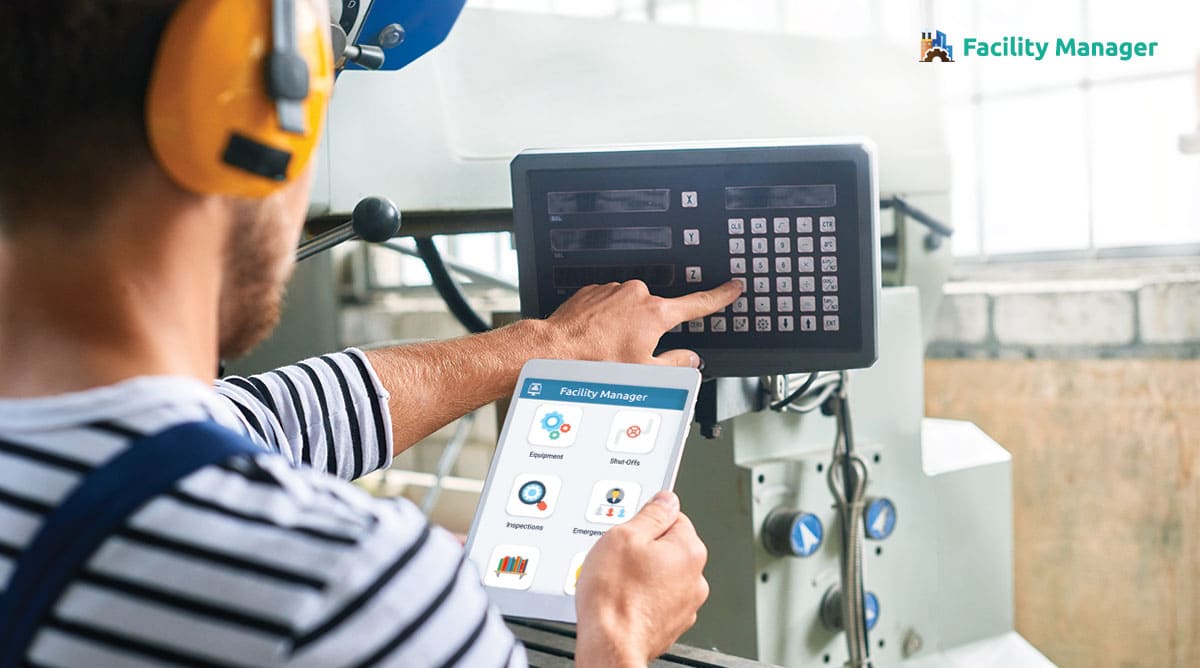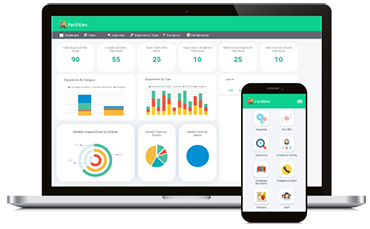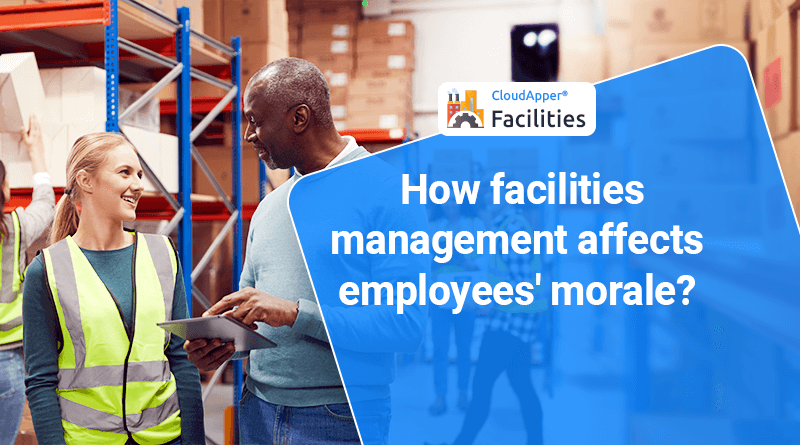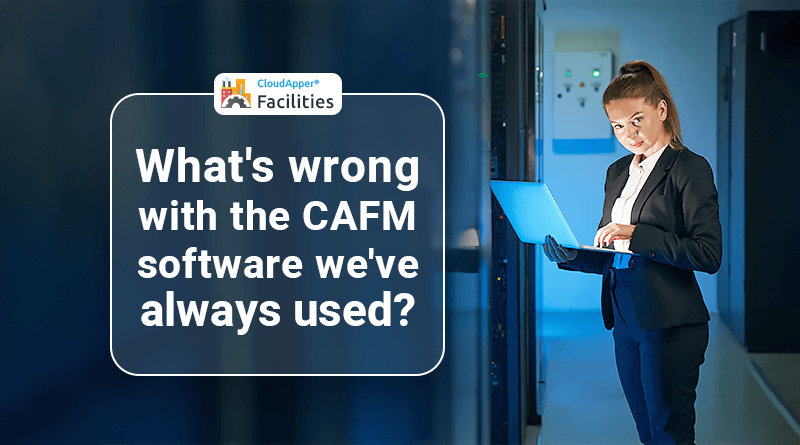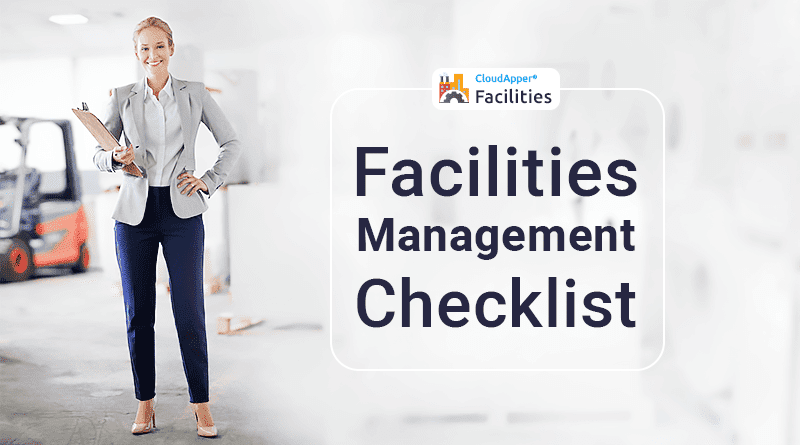Table of Contents
Building maintenance includes a wide array of functions depending on the particular business or organization and the industry in which it operates. It encompasses a great deal of behind the scenes activities to ensure that a building or facility remains safe and functional for its users.
In general, the common domain of building maintenance includes inspecting, repairing, and maintaining office complexes, electrical systems, heating, and cooling systems, and other fixtures or utilities. It can also involve cleaning common areas, removing trash regularly, and repairing items that are broken to ensure the facility is safe and hygienic for its employees.
Typically, building maintenance workers are broken down into different positions based on specific maintenance services. The structure usually looks something like this:
- Janitorial: Common daily tasks of these individuals include handling the cleaning of a building or a facility. They keep the facility clean by mopping the floors, emptying the trash, cleaning bathrooms, vacuuming carpets, and washing windows and glass doors.
- Maintenance Technician: These individuals are responsible for the regular upkeep and repairs of the building system. They perform inspections, repairs, and maintenance of buildings, including HVAC, electrical, and plumbing. Usually, tasks are assigned through work orders and maintenance workers report directly to the facility manager or supervisor who oversees their tasks.
- Facility Manager or Maintenance Supervisor: These individuals are responsible for the timeline and delegation of tasks that need to be completed for overall building maintenance. They are also in charge of planning, assigning, and managing a team of maintenance workers. Additionally, they review short-term and long-term objectives as well as incoming work orders to prioritize the maintenance department’s tasks for the day or week. Maintenance supervisors are also responsible for the management of staff, which includes hiring, recruiting, and training maintenance workers.
Significance of Building Maintenance
Building maintenance is essential because it ensures the safety and comfort of anyone who either works in, lives in, or visits the building. From a business standpoint, proper maintenance can extend the lifespan of the buildings, save money, and increase the value of the property.
-
Ensures Occupants Safety
A poorly maintained building can create problems for those who live and work in the facility. Whether it’s poor air circulation, poorly placed equipment, or an uneven walkway, regular maintenance helps to ensure a safe serene environment for occupants residing in the building. To address these sorts of issues and enforce safety standards, various laws like the Occupational Health and Safety Administration (OSHA) and the National Fire Protection Association (NFPA) were created. Complying with these laws and upholding the safety standards can prevent major health issues, hazardous work, and living areas. Not to mention, failure to comply with these standards could result in monetary fines and civil lawsuit actions.
-
Cost-Effective
Preventing a problem is always better than having to deal with emergency repairs, which is another reason the maintenance of buildings is so crucial. An urgent repair or replacement of a major system is going to be much more costly than ongoing preventative maintenance. It’s also much easier to build a budget around planned and routine upkeep of building systems than an unpredictable repair or maintenance need.
Proper maintenance does not just save money over time but contributes to the overall lifecycle of assets and preserving their monetary value. A well-maintained, up to code building is worth more and could mean more income potential from selling, leasing, or renting spaces.
Simplify your Building Maintenance Efforts using Facility Management Software
A single building can function with a skilled team of multiple people with different maintenance specialties but the real challenge is in maintaining multiple buildings or facilities. Without regular maintenance services, buildings can easily become an unfriendly place for people working or living there. Most facility managers still rely on paper-based systems to keep track of their maintenance operations. In all honesty, it is inefficient and outdated.
Until recently, building maintenance has been a neglected field in terms of technology. With the advent of various modern cloud facility management software, facilities and building maintenance operations have become much easier.
CloudApper’s Facility Manager and CMMS can significantly simplify work facilities, assets, and maintenance management operations. This powerful and easy to use tool helps employees to save time by providing instant access to facility details, operations, and emergency procedures. This robust software also includes training management features which can help managers to train their employees in a much easier and efficient way.
Who can use the Facility Manager?
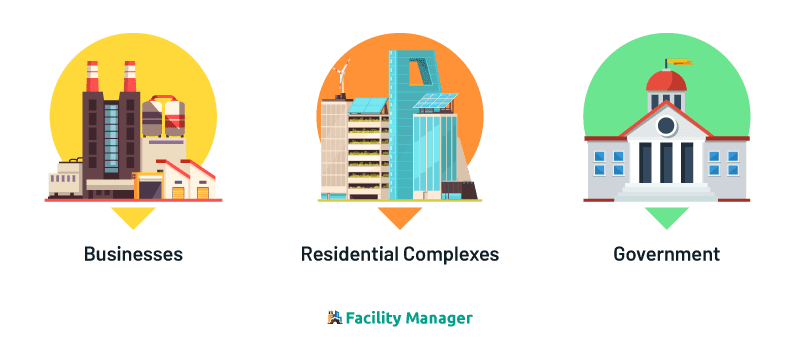
- Businesses: Just about every business starting from manufacturing and energy plants to healthcare facilities needs building maintenance services. Especially, for smaller businesses that often struggle with budget constraints, the Facility Manager is the best option for them. Larger businesses can streamline their entire facilities and building management operations from a single cloud solution.
- Residential Complexes: Apartments or condominium complexes also need to maintain their buildings and often have a team of workers to inspect, repair, and manage all indoor and outdoor maintenance activities.
- Government: Municipalities can utilize the Facility Manager to ensure city buildings, post offices, and library facilities are in good condition to serve the needs of the public.
To learn more about our facility management software, get in touch with us today, or leave a comment below!
What is CloudApper AI Platform?
CloudApper AI is an advanced platform that enables organizations to integrate AI into their existing enterprise systems effortlessly, without the need for technical expertise, costly development, or upgrading the underlying infrastructure. By transforming legacy systems into AI-capable solutions, CloudApper allows companies to harness the power of Generative AI quickly and efficiently. This approach has been successfully implemented with leading systems like UKG, Workday, Oracle, Paradox, Amazon AWS Bedrock and can be applied across various industries, helping businesses enhance productivity, automate processes, and gain deeper insights without the usual complexities. With CloudApper AI, you can start experiencing the transformative benefits of AI today. Learn More
